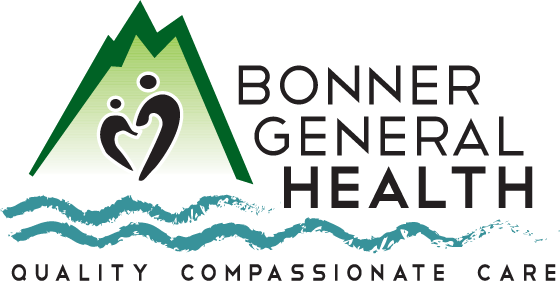 By KATHY HUBBARD Contributing Writer
By KATHY HUBBARD Contributing Writer| June 2, 2021 1:00 AM
We all know that skin is the largest organ in our bodies. We may also know that we shed the entire outer layer of skin every two to four weeks. But did you know that those flakes contain skin oils, including cholesterol and squalene (an oily substance produced by the sebaceous glands in the skin) that are a major component of indoor dust? You did?
Well then, did you read the report published in 2011 by the American Chemical Society that states that this discarded skin plays a role in reducing levels of ozone – a pollutant that can irritate the eyes, nose, and throat and worsen asthma symptoms. As in your dead skin can clear the air.
Apparently, ACS did extensive studies in airplanes. The report says, “More than half of the ozone removal measured in a simulated aircraft cabin was found to be a consequence of ozone reacting with exposed skin, hair, and clothing of passengers.”
This study won’t keep me from dusting my furniture, but I thought it was interesting enough to include it in an article about healthy skin. From acne, the most common skin condition in the U.S., to skin cancer, which is the most common cancer in America, and to all the skin afflictions between the two, we can do things to keep our skin in the best condition.
And, it starts with what goes in us, not on us. Medical News Today says the number one path to healthy skin is to eat a healthful diet.
“What you eat is as important as the products that you put on your skin. Your diet could improve your skin health from the inside out, so a clear complexion begins with eating a healthful diet,” MNT says.
Tomatoes head the list of foods to eat. Apparently, they have skin cancer prevention benefits. “One study in mice revealed that daily tomato consumption decreased the development of skin cancer tumors by 50 percent after UV light exposure,” MNT explained. And, all of the studies weren’t just about cancer. Another study showed that incorporating tomato paste into your meals could protect you against sunburn. Who knew?
We’ve all heard about the benefits of olive oil in our diets. MNT says that it lowers the risk of severe facial photo-aging, as in “cumulative damage to the skin that includes wrinkles, dark spots, and discoloration, which result from long-term sunlight exposure.”
Chocolate can increase skin hydration and decrease roughness and scaling. Kale is one of the best sources for lutein and zeaxanthin, protecting against light-induced skin damage. Omega-3 (oily fish, walnuts, corn oil, etc.) can prevent dryness and scaling.
And let’s talk about green tea. Compounds in green tea (called polyphenols) rejuvenate dying skin cells, which can aid in healing wounds. Studies have also shown promising results with conditions such as psoriasis and dandruff. MNT says that green tea may slow down the production of skin cells and suppress inflammation common to those disorders.
“Soy may help to improve crow’s feet skin wrinkles that appear at the outer corner of the eyes in menopausal women,” MNT says. I started putting soy sauce on my breakfast cereal but haven’t noticed much improvement yet.
MNT says, and I thoroughly agree with this significant statement: “Never rely on foods to protect you from the sun. To protect yourself from sun exposure, always use sunscreen with an SPF of at least 15, seek shade between the hours of 10 a.m. and 2 p.m., and wear clothing that covers your skin and a wide-brimmed hat.” Note here that some websites I read recommend SPF of 30 applied at least fifteen minutes before going outdoors.
I’ll also remind you to see your healthcare provider or a dermatologist if you have any blemishes that don’t go away on their own in a week to ten days. Early detection of skin cancer can protect you from life-threatening consequences.
There are many other things we can do to protect our skin. Keeping stress in check, keeping skin moisturized, and getting plenty of sleep are high on the list. So is limiting alcohol consumption and not smoking. MNT has lots of advice. If you’re interested, go to www.medicalnewstoday.com.
Kathy Hubbard is a member of the Bonner General Health Foundation Advisory Council. She can be reached at [email protected].

